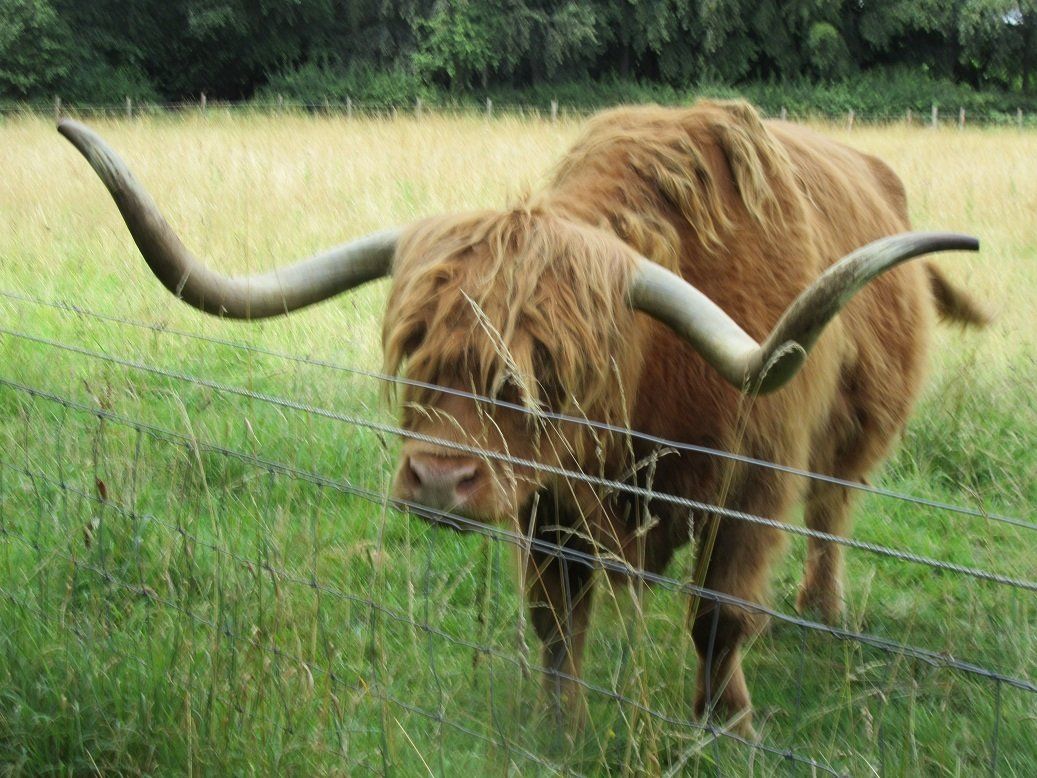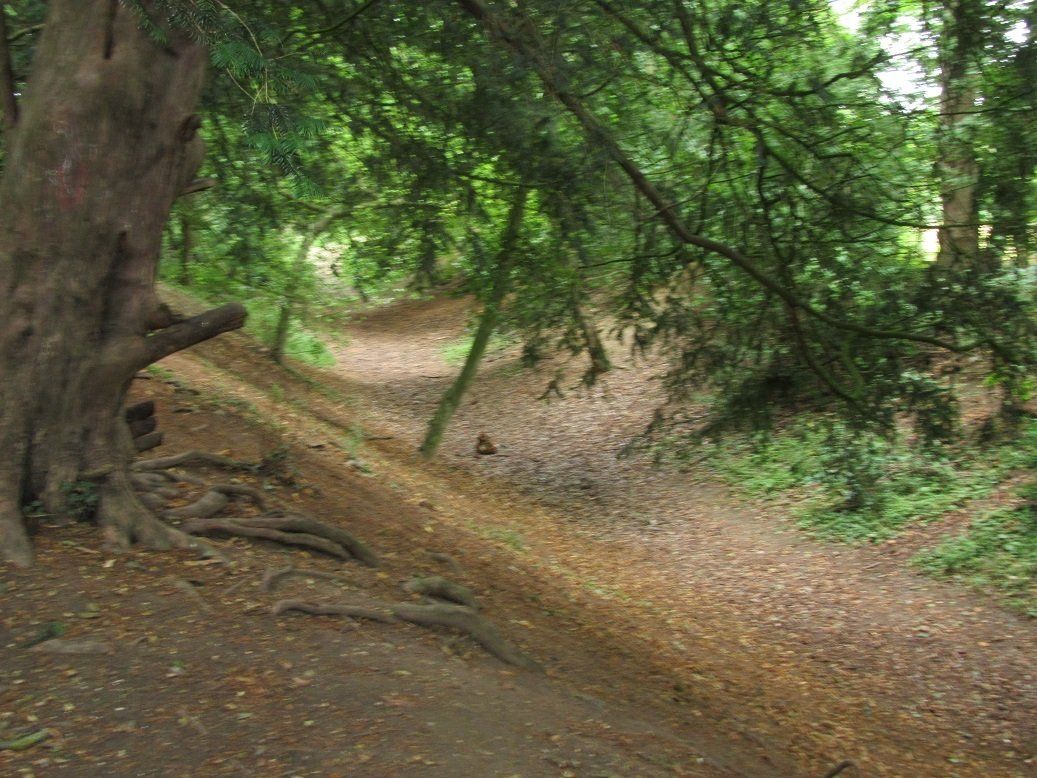


Wandlebury Country Park
Ecology at Cambridge
Cambridge, for so many different reasons, is a very impressive city to visit and roam through. There are many places to stay at very modest costs and put one’s feet down for a few days. The youthful energy and visible history will serve as an enlightening inspiration for life. One of the great features of the region is the Wandlebury Country Park.
Wandlebury is a very large green space run by a charity. It is a vast area of woodland that is mostly composed of beech trees. It is completely open for all visitors on every day and there is no requirement to book in advance. The Park has much to tell us about the food chain in nature and about how our lives will be affected by the current natural mutations that are taking place on our planet.
Wandlebury Park is run by a charity called ‘Cambridge Past Present and Future’. Find the woodland by taking the A1307 on the south east side of Cambridge towards Haverhill. It is just out of town past the elegant Gog Farm Shop that you will pass on your left. Wandlebury Park is stunningly beautiful and enticing. Many visitors with their dogs and their children go there regularly. Personally I love it. I often stroll amongst the trees and the meadows as I am a real country boy at heart. The entrance is well signposted and leads directly into the car park. Pay the machine at the top. Parking costs just over three pounds on a weekday and just under four pounds at the weekend. That’s it, so start off with your journey of exploration. Take as long as you like until the sun goes down.
Wandlebury Park is owned by the charity. It is funded by the car parking charges and any income from numerous events that are laid on frequently. Its purpose is to promote ecology. It shows us the way nature thought how it would run itself in the first place before we humans had other ideas about ways to line our pockets. The park is not farmed commercially. It practices biodiversity and there is much of the natural world to explore. Wandlebury is built on the site of an ancient Iron Age fortress that goes back 2500 years or so. The fortress was surrounded by a double ring of moats that have long dried up but visitors can walk along what is left. The entrance to the park is dominated by a large and elegant mansion crowned by an imposing tower clock. This originally was the stately home of the Earl of Godolphin who supported a horse racing empire. He owned the famous horse ‘Godolphin Barb’. This breeding horse is buried under an arch that is part of the mansion. The building is now the home of the charity and it is surrounded by the original stables and cottages. Visitors can wander by as they wish. King James once kept his favourite race horse at the stables.
Children love Wandlebury Park. There is an especially allocated space of land where they can build their own dens. They use all the chopped tree branches lying around whilst their parents can get their barbecues going. (No coal allowed though). This large green area provides much space for family games too. All of the park expanse is somehow un-cluttered and spotless. All visitors seem to adopt an instant respect for nature. I have never seen a discarded fag packet or drinks can, ever. Wandlebury is all about the natural chain of events and about how their breakdown threatens all life forms on our planet. We are all included of course. Nature’s chosen processes are there for all to observe.
Albert Einstein once said that without natural pollination, all human life would be extinct after about seven years. Pollination depends on the birds, on the bees and the insects to spread the food chain across the plant life to sustain all forms of sustenance. Not just for ourselves but for the animals from which our food ultimately comes from. Protected wildflower meadows and intense bee keeping at Wandlebury keep the old processes going. Visitors can see them for themselves and the bees and the insects set an example to us all.
Look out for the horned highland cattle in the fields surrounded by the woodland. They are there to keep the grassland short but seem somehow to leave the wild flowers. This principle ultimately provides food for all creatures. There are flocks of borrowed sheep too that are kept during the winter months for the same purpose. Take caution with the highland cattle with their horns. They can be intimidated sometimes and become a little agitated. All of the cattle have horns, the girls included. See if you can tell the difference and their long wiry coats keep the cold out in winter.
Other wild animals live amongst the trees and woodland as well. Butterflies, Voles, Badgers, Squirrels and Beetles. There is the odd Fox and the Cambridge native Muntjacs as well. All of these creatures play their role in the food chain but are disappearing steadily as modern agriculture uses increasing amounts of controlling chemicals. Such industrial practice is good for profits but Einstein will always be right about the pollination. The preservation of the original nature trail going on is quite comforting.
We humans consume about 400 different plant life species in one way or another. They are essential to our food sources and essential to our survival. The birds and the bees and the insects create the pollination process. 97 per cent of natural wildflower meadows have gone in this country since the last war and we need to get them back. We need to discover what we all have to do. Maybe we can find some of the answers at Wandlebury. Along a pathway, visitor’s children will discover the ‘Cherry Pond’ and they will love it. The pond contains Frogs and Snakes, Newts and Dragonflies and even Water Scorpions. The pond is protected by a rich coating of natural plant-life. All creatures, great and small, play their essential part in the very survival of all forms of life on our planet.
Tree coppicing takes place in the Park on a fairly grand scale. Trees are closely cropped at the root and new growth occurs as separate thinner branches. These provide vegetable food supplies and additional living space for birds and flying insects. It is best not to interfere with the activity in order to prevent underfoot damage across these areas. Close to the ancient moat remains, walkers can find a protected apple orchard and garden. The older tree species are retained as they provide a much more fruitful home for wildlife and wildflowers. There are some hardy and newly planted Espalier trees as well. Apples here grow well but do not have the commercial look of examples sold in a supermarket. The older tree area though does support strong growth for the wildflowers to provide greater pollen and sustenance for the bees and the insects.
Beehives too are greatly supported at Wandlebury. The Bees live off the wild sustenance and provide the pollination that all living creatures need. 250 separate bee species face extinction globally due to current agricultural activity. Insects play their natural part in so many ways as well. There are an estimated one and a half million species around the world that would disappear if present commercial practices are sustained. Wandlebury provides a home for the survivors. There are seemingly 2500 species of bee on our planet. 40 percent of the colonies are being gradually destroyed annually.
Look for other things to see at Wandlebury. Ely Cathedral can be spotted on the horizon about twenty miles to the North. The ‘Banyard Hide’ can be used by visitors too so take your binoculars. The hide contains large, beautifully coloured posters displaying British native and woodland birds.
Events take place regularly in the summer in Wandlebury Park. The prices are very modest for attendance. Children’s guided walks and theatre shows take place. A recent Jazz festival performed by a local band was sold out in days. I wanted to attend with my friend but there was no room left.
Wandlebury Park is natural, beautiful and extensive. It exists as a fundamental protection area to remind all of the basic natural processes on which we depend. Perhaps we have forgotten about them and perhaps we need a reminder.
If I were the guest on the BBC ‘Desert Island Discs’ programme, I would end by asking the nice lady if I could be dispatched to Wandlebury Park instead. I might stand a much better chance of survival.
Bob Lyons January 2022





